
Internet & Connectivity
Find the best internet service providers and gear for your home.


Best Internet Providers in 2025


Starlink Satellite Internet (2025 Review)

Best Wireless Internet Providers in 2025

Onn vs TCL: Which TV Is Best in 2025?

How To Connect a Microphone To a Soundbar

Can You Use a Roku Without Internet?


Hughesnet Internet Review (2025)

Amazon Shuts Down Freevee

Is AT&T Next Up Worth It?


Best Home Theater Projector in 2025

EarthLink Internet - 2025 Review

Apple TV Plus Review (2025)

Best Streaming Device for Your Home Theater in 2025


Universal Remote Codes for Hisense TVs (2025 Guide)

How To Watch Apollo Group TV on Roku

Can Plex Support Dolby Atmos?

Does Your Hisense TV Support Bluetooth?

Gigabyte (GB) vs Megabyte (MB): Which is Bigger?
Is NFL Sunday Ticket Worth It?

Is AMC Plus Worth It?

What Is the Best Music Streaming Service in 2025?

Is MGM+ Worth It in 2025?

YouTube Music – 2025 Review (Free & Paid Plans)

Is Audible Worth It?


Optimum Fiber Internet - 2025 Review

Spectrum TV Review: View Plans and Pricing for 2025


Hitron Modem/Router Lights: Explained with States
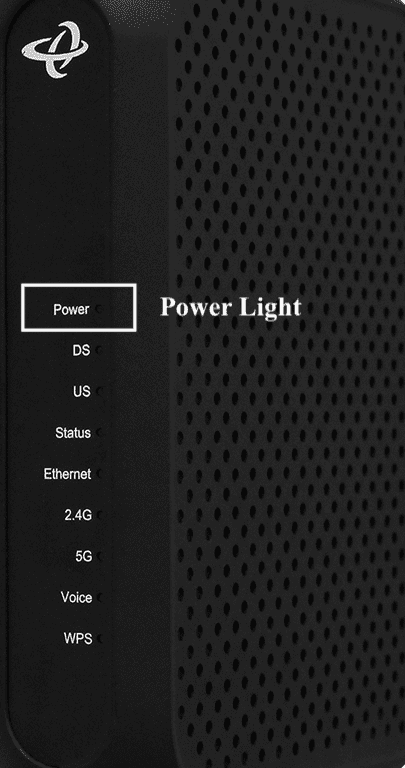

What Are the Different Types of Internet?


Frndly TV - 2025 Streaming Review



How Fast Is Starlink?

Tubi - Free TV Streaming Review (2025)



Is Starlink Good for Gaming?

List of 71 Bad Cable Modems to Avoid [Do Not Buy]
What Is My IP?
Who Is My ISP?
Charter Announces New Spectrum TV Streaming Packages
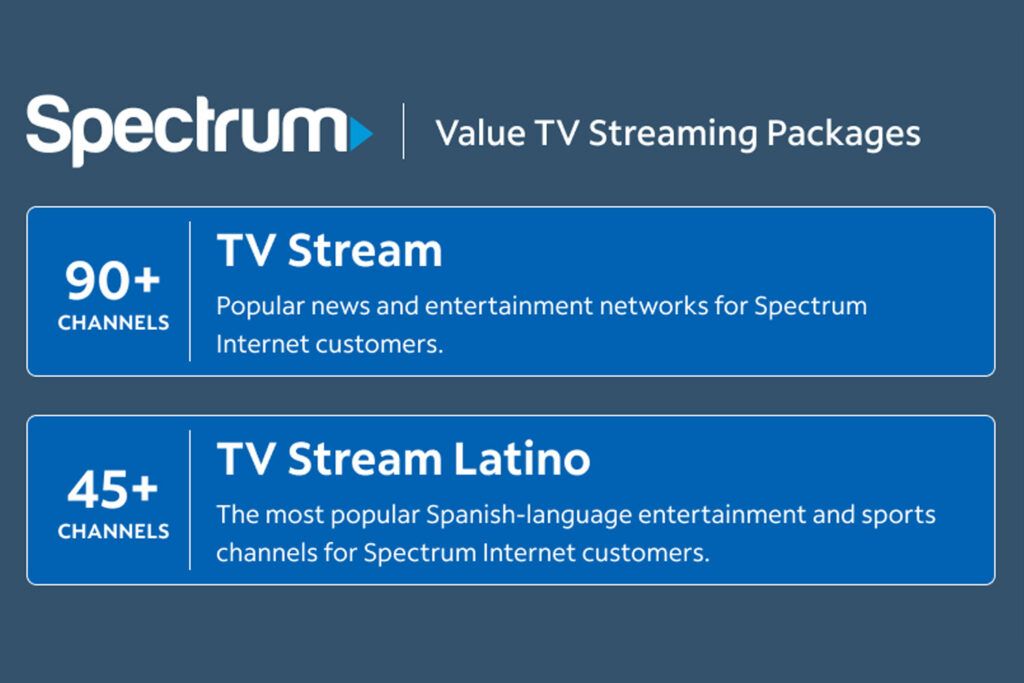
Is Starlink Worth It?


How To Create Multi-Room Audio with Yamaha MusicCast



Hulu - 2025 TV Streaming Review

Showtime Streaming Shuts Down and Joins Paramount+

Disney Plus - 2025 TV Streaming Review


Max - 2025 TV Streaming Review


MB to GB
What speed do I need?

Is Pluto TV a Good Streaming Service? (2025 Review)

T-Mobile 5G Home Internet Review

Freevee - 2025 TV Streaming Review

AT&T Fiber Internet - 2025 Review


Is Paramount Plus a Logical Choice for TV Streaming?

How To Get Cheaper Internet

Is Peacock Worth It in 2025? - TV Streaming Review


Sling TV - Plans, Pricing and Addons (2025 Review)

Is DIRECTV Worth It in 2025? (Satellite TV Review)


7 Best Modem Router Combos in 2025 [For Everyone]

8 Best Dual WAN Routers for Load Balancing in 2025
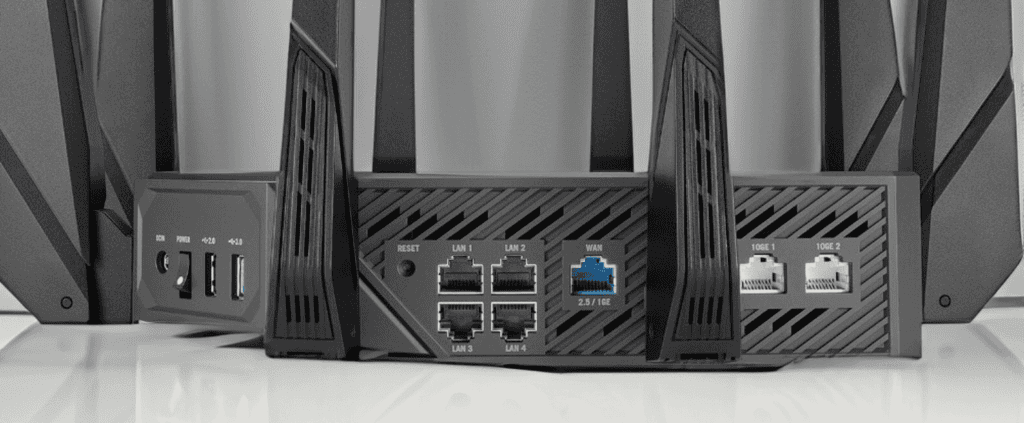

Spectrum WiFi Pods Review: Do They Work?
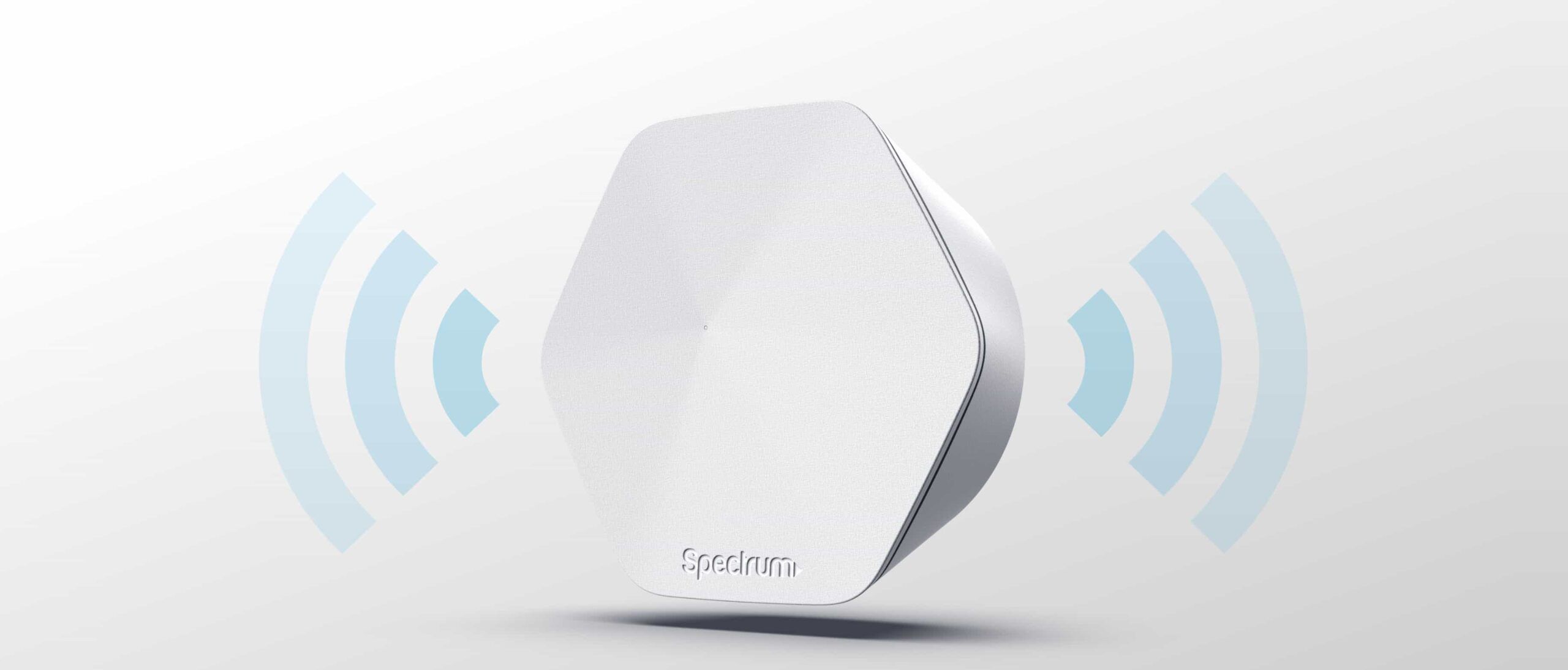
7 Best WiFi 6E Routers of 2025 [For All Budgets]

Why Does My Modem Keep Resetting? [Reasons & Fixes]

6 Best Gigabit Modems of 2025 [High Throughput]



Spectrum Remote Codes: Complete List & Setup Guide




9 Best Routers Under $200 in 2025 [For Every Need]
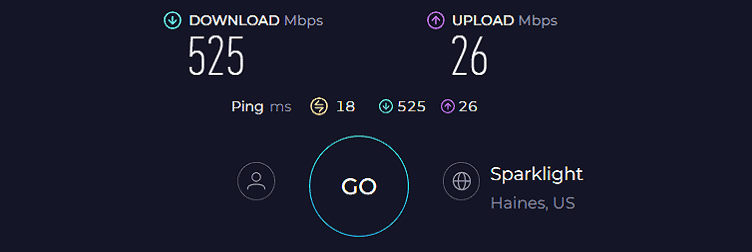
6 Best Mesh WiFi for Spectrum in 2025 [Top Picks]



WiFi Router Lights: Everything You Need To Know!




5 Best Fiber Optic Modems in 2025 [WiFi Gateways]

7 Best WiFi Routers for Multiple Devices in 2025

How To Fix US/DS Light Blinking? [Reasons & Fixes]



Astound Broadband
Comprehensive guide and resources for Astound Broadband.
Att Fiber
Comprehensive guide and resources for Att Fiber.
Att Internet
Comprehensive guide and resources for Att Internet.
Att Next Up Review
Comprehensive guide and resources for Att Next Up Review.
Best Internet Providers
Comprehensive guide and resources for Best Internet Providers.
Best Routers For Security
Comprehensive guide and resources for Best Routers For Security.
Best Wifi Extenders For Ring Cameras
Comprehensive guide and resources for Best Wifi Extenders For Ring Cameras.
Best Wifi Extenders For Security Cameras
Comprehensive guide and resources for Best Wifi Extenders For Security Cameras.
Centurylink Internet
Comprehensive guide and resources for Centurylink Internet.
Cox Internet
Comprehensive guide and resources for Cox Internet.
Frontier Fiber
Comprehensive guide and resources for Frontier Fiber.
Frontier Internet
Comprehensive guide and resources for Frontier Internet.
How Fast Is Starlink
Comprehensive guide and resources for How Fast Is Starlink.
Internet Speed
Comprehensive guide and resources for Internet Speed.
Is Starlink Good For Gaming
Comprehensive guide and resources for Is Starlink Good For Gaming.
Is Starlink Worth It
Comprehensive guide and resources for Is Starlink Worth It.
Kinetic Fiber Windstream
Comprehensive guide and resources for Kinetic Fiber Windstream.
Mediacom Internet
Comprehensive guide and resources for Mediacom Internet.
Mediacom Xtream
Comprehensive guide and resources for Mediacom Xtream.
Midco Internet
Comprehensive guide and resources for Midco Internet.
Netgear
Comprehensive guide and resources for Netgear.
Optimum Fiber
Comprehensive guide and resources for Optimum Fiber.
Optimum Internet Guide for 2025

Optimum Internet Guide: Plans, pricing, availability, and bundles. Learn everything about Optimum services.
Rcn
Comprehensive guide and resources for Rcn.
Routers
Comprehensive guide and resources for Routers.
Sparklight Internet
Comprehensive guide and resources for Sparklight Internet.
Starlink Review
Comprehensive guide and resources for Starlink Review.
Starlink
Comprehensive guide and resources for Starlink.
T Mobile Home Internet
Comprehensive guide and resources for T Mobile Home Internet.
Verizon Fios
Comprehensive guide and resources for Verizon Fios.
Verizon
Comprehensive guide and resources for Verizon.
Wow Internet
Comprehensive guide and resources for Wow Internet.
Xfinity Streamsaver Bundle Now Tv
Comprehensive guide and resources for Xfinity Streamsaver Bundle Now Tv.
Xfinity
Comprehensive guide and resources for Xfinity.
Asus Rt Ax86U Gaming Router Review
Comprehensive guide and resources for Asus Rt Ax86U Gaming Router Review.
8 Best DOCSIS 3.1 Modems in 2025 [Future-proof]

8 Best Cable Modems in 2025 [After 3 Months of Use]


Spectrum Mobile vs T-Mobile: Detailed Comparison

7 Best WiFi 6 Routers in 2025 [For Every Need]

9 Best Wireless Access Points in 2025

7 Best DSL Modems of 2025 [For Most DSL ISPs]
Modem and Router Lights
6 Best TDS Compatible Modems in 2025 [Top Picks]
Spectrum 2025 Guide




Glo Fiber Review: A Good Underrated ISP!

8 Best Wireless Routers in 2025 [For Everyone]

5 Best VPN Services in 2025 [Fast & Secure]


7 Best Routers for Spectrum in 2025 [For Every Need]

Best Fiber Internet Companies in 2025

Mediacom Xtream Internet - 2025 Review


How To Boost WiFi Signals in an RV? [4 Easy Ways]

How To Lower Your Spectrum Bill? [7 Effective Ways]




6 Best Outdoor WiFi Extenders in 2025 [Weatherproof]


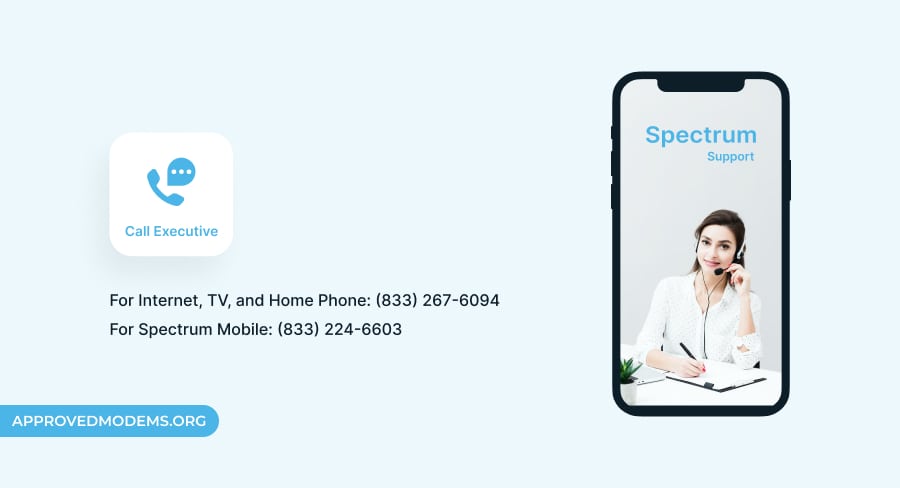


How To Reset Spectrum WiFi Router? [3 Easy Ways]

Astound Broadband - 2025 Company Review

Best WiFi Router Brands in 2025 [Ranked & Reviewed]

What is Google WiFi Provisioner? Do You Need it?

Best Satellite TV: DISH vs DIRECTV


1500+ Funny WiFi Names That Stand Out

Best TV Streaming Services in 2025

How To Fax Without a Fax Machine

How To Reset Your WiFi Router

DISH Network - 2025 Satellite TV Review

WiFi Extender vs Booster: Are They Different?
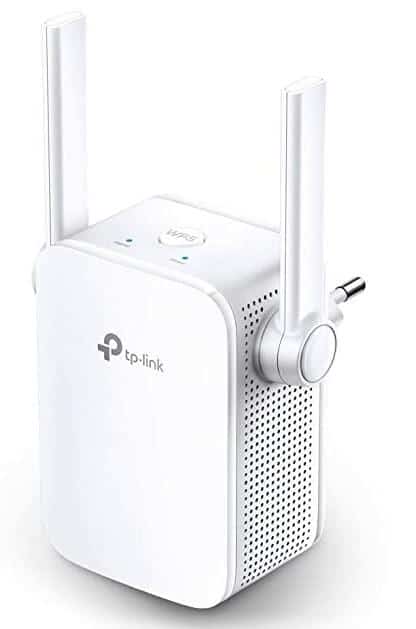


DOCSIS 4.0: Specs, Launch, Comparisons, & More!

How Long Do Modems Last? [& When To Replace]

Synology RT6600AX Review: A Beast of a Router!



Best Channel for 5GHz WiFi: All You Need To Know!

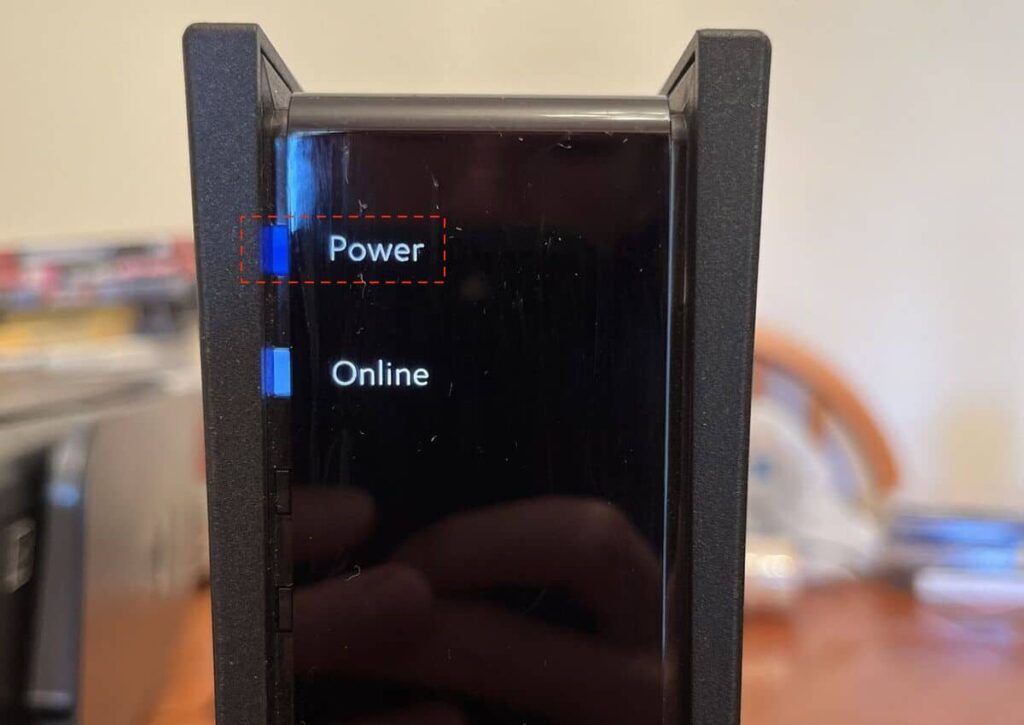


WiFi 5 vs WiFi 6: What Are The Differences?


Powerline Adapter vs WiFi Extender: Which is Better?

How Do Powerline Adapters Work? [Explained]


What Is the Difference Between WiFi and Internet?

How Many WiFi Extenders Can You Have on One Router?

7 Best Dual Band WiFi Extenders in 2025 [Top Picks]
Is Your WiFi Extender Not Working? [Reasons & Fixes]
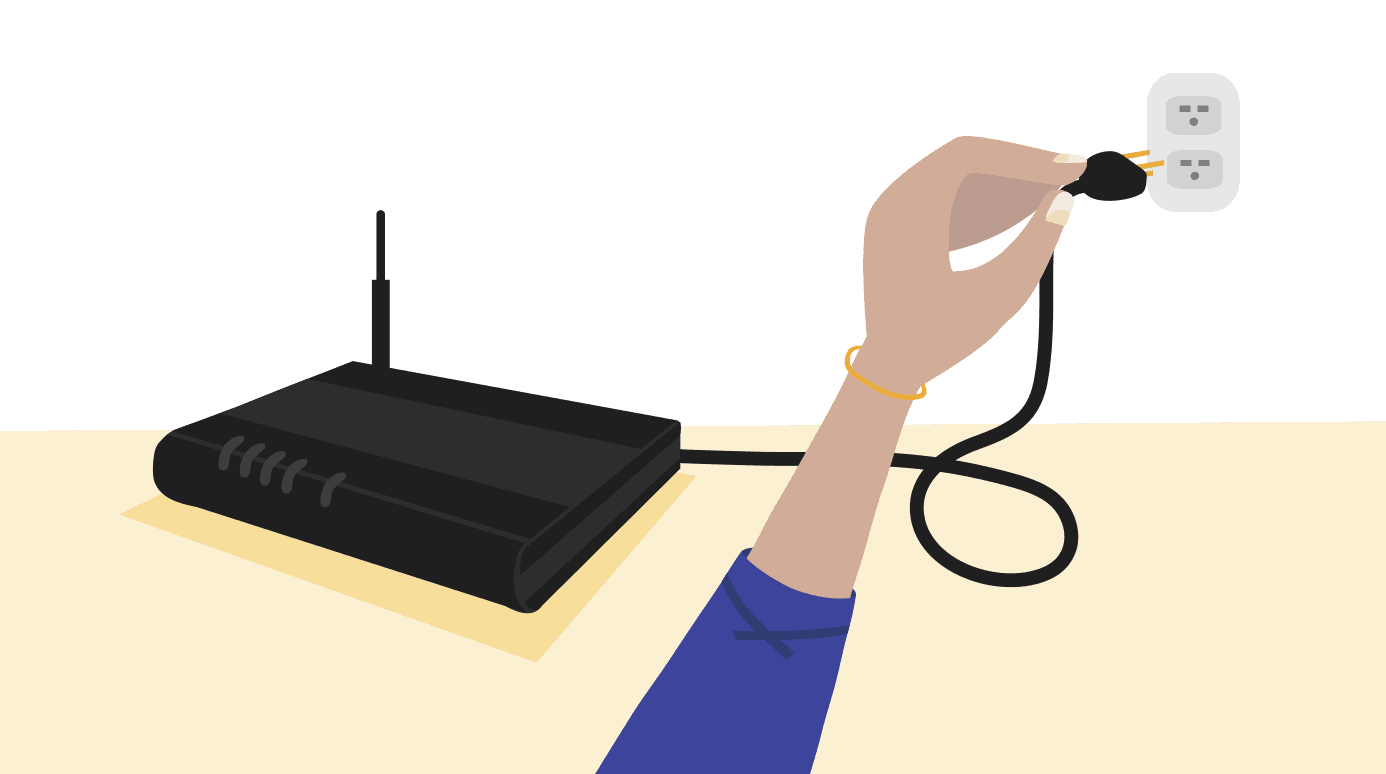
WiFi Mesh vs Extender: Which is Better & Why?

No Internet Light on Modem? Know Reasons & Fixes!

Link Aggregation: What is it, How it Works, & More!


Fiber vs Cable Internet: Making The Right Choice!

How To Connect Blink Camera To WiFi? [Easy Step]

Is The Spectrum Remote Not Working? Try These Fixes!


Gateway vs Router: Making The Right Choice

Best Cable Internet Companies in 2025
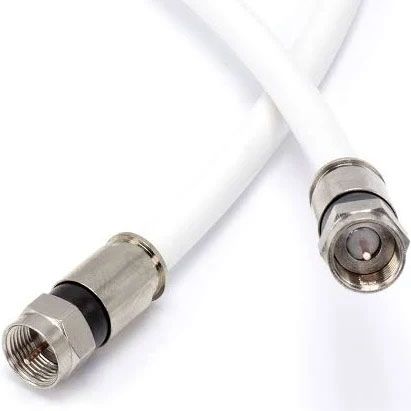
How To Reset Spectrum Remote? [Step-by-Step Guide]


How To Connect WiFi Extender To Router with WPS?

Ring Won't Connect To WiFi? Learn How To Fix!

Does Ring Work Without WiFi? [Cameras & Doorbells]

Why Is My Upload Speed So Slow? [Reasons & Fixes]

Google Fiber vs Spectrum: Which is Better in 2025?

Kinetic Fiber by Windstream - 2025 Review

Synology RT2600AC Review: The Most Secure Router?

Gryphon Tower Review: Is It Worth The Hype?
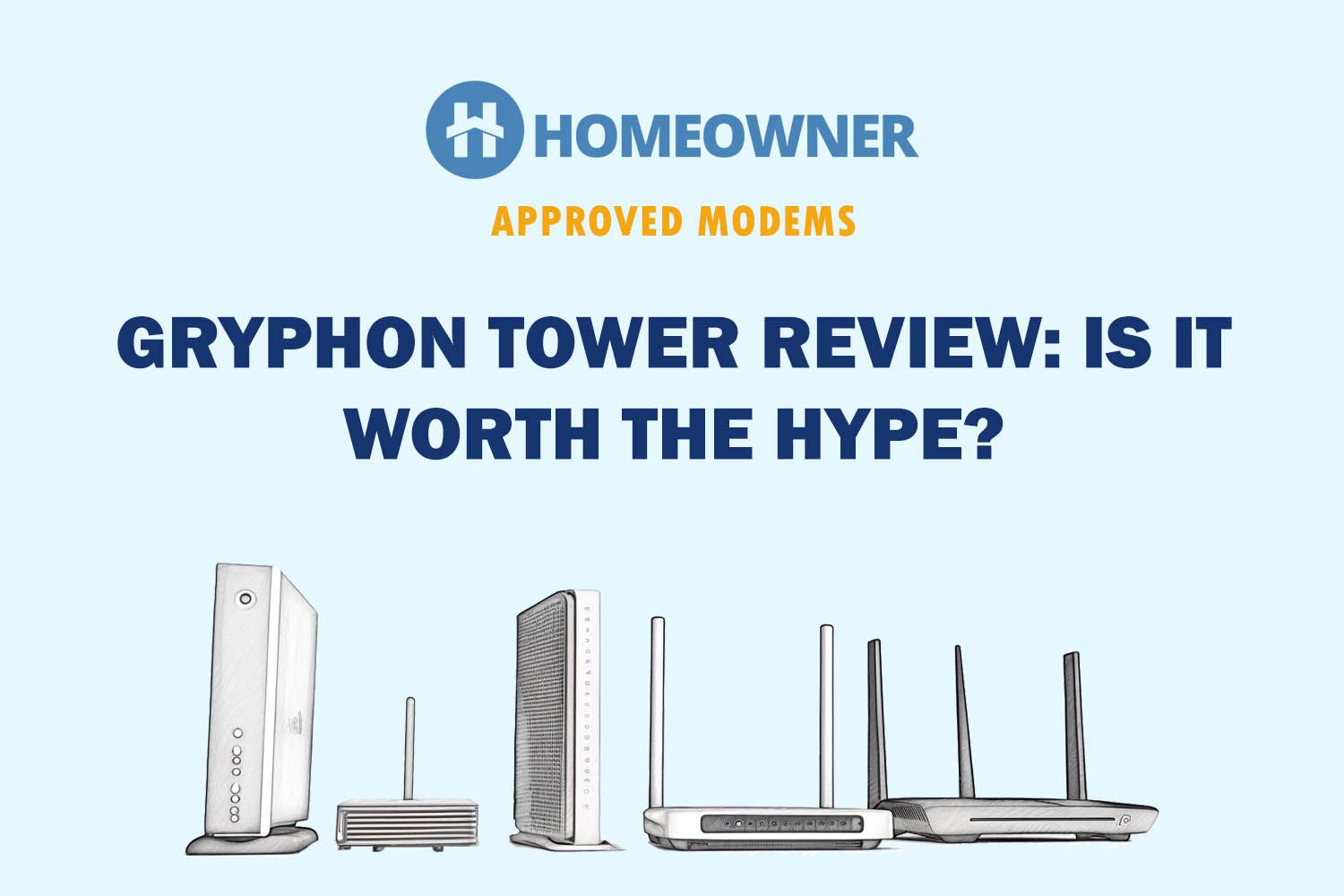
How To Cancel Google Fiber? [Without Any Fees]

Cat 7 vs Cat 8 Ethernet Cable: Who Wins in 2025?

How To Reset Google WiFi? [2 Easy Ways]

7 Best WiFi Boosters for RV in 2025 [Expert Picks]
How To Extend WiFi Range Outside? [5 Easy Ways]
Frontier Fiber Internet - 2025 Review

6 Best Travel Routers in 2025 [Compact & Reliable]
Spectrum vs Xfinity: Which ISP To Choose in 2025?



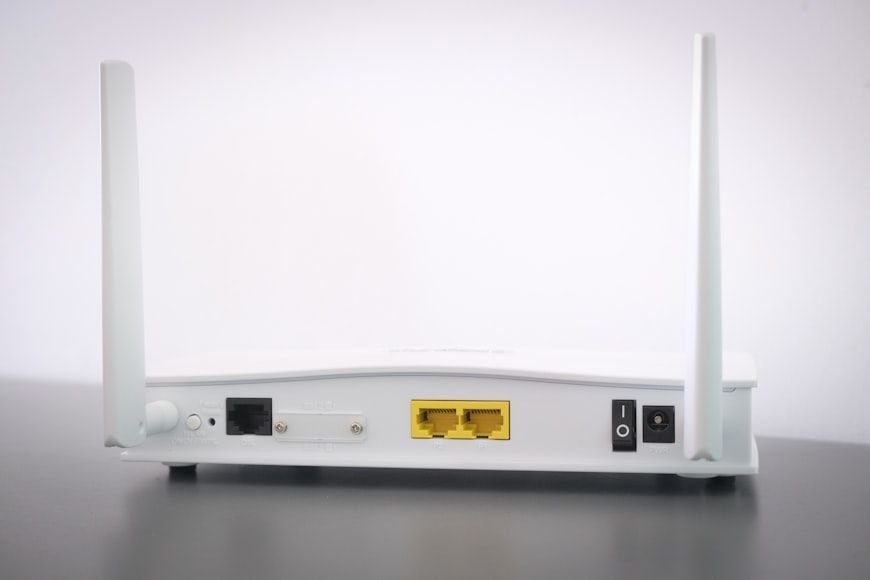

How To Hook Up Spectrum Cable Box and Modem? [Guide]

Quantum Fiber Internet - 2025 Review

How Far Do WiFi Extenders Reach? [Numbers & Reality]


How To Cancel TDS Service? [Without Any Charges]
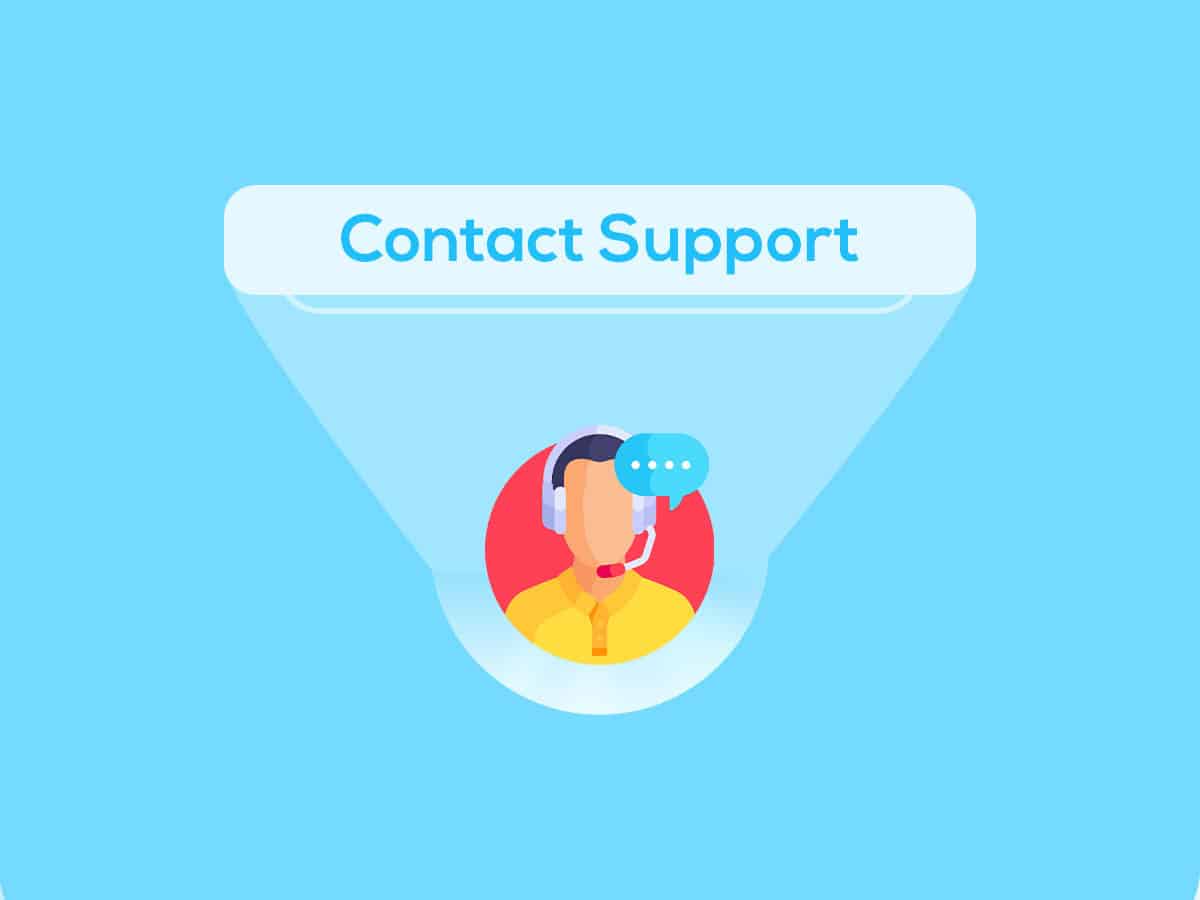
Verizon Fios - 2025 Fiber Internet Review


Google Fiber Review - 2025 Internet Guide

WiFi Connected But No Internet [Reasons & Fixes]

7 Best Routers Under $150 in 2025 [Tried & Tested]
2.4 GHz vs 5 GHz: What Should You Use in 2025?


Cat 6 vs Cat 7 Ethernet Cable: Which One in 2025?



How To Choose A Router? (2025 Router Buying Guide)



Mesh WiFi Buying Guide: How To Choose One in 2025?


Dual Band vs Tri Band: What Is Better in 2025?

Google Nest WiFi Review: A Good Wi-Fi 5 Mesh System

WiFi 6 vs 6E vs WiFi 7: Detailed Comparison

ZyXEL P660HN-51 Review [After 15 Days]

DOCSIS 3.0 vs 3.1 vs 4.0: The Ultimate Comparison


Tenda Nova MW12 Review: An Affordable Tri-Band Mesh!

Tenda Nova MW6 Review: Best Bang for Your Buck!


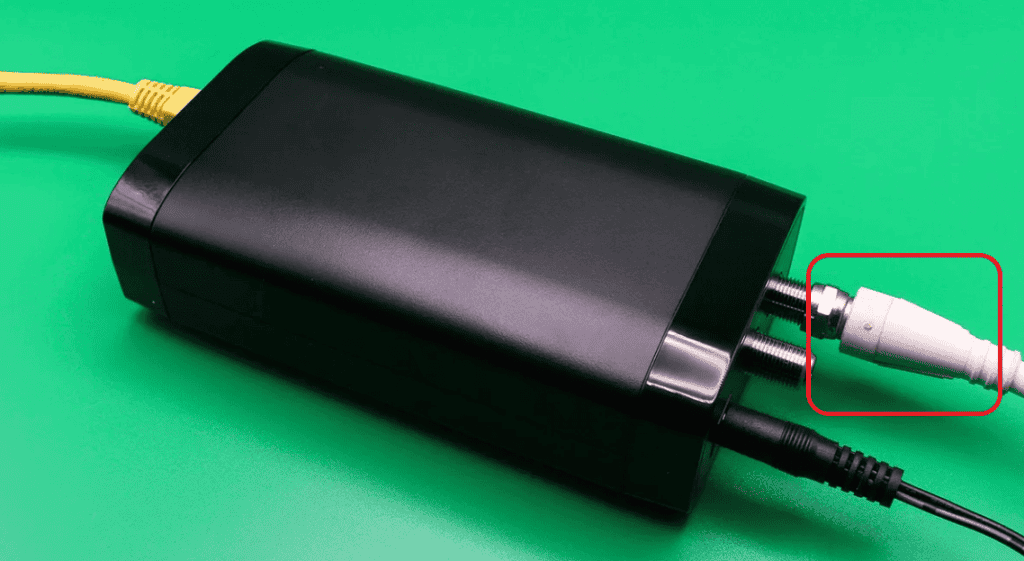
Google WiFi Review: Still a Capable Mesh for 2025



5 Best WiFi 6E Mesh Systems in 2025 [Future-Ready]
Modem Buying Guide: 11 Things to Consider in 2025


Home Connectivity Guide for 2025
